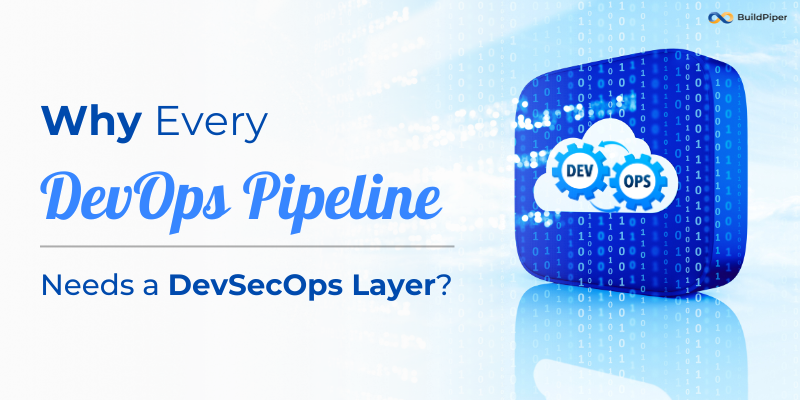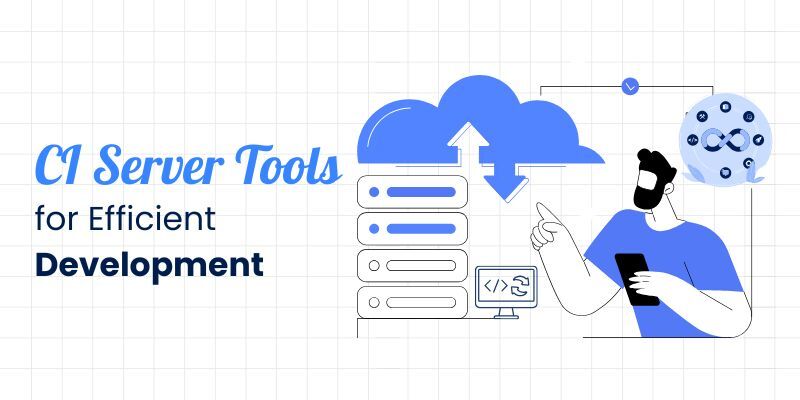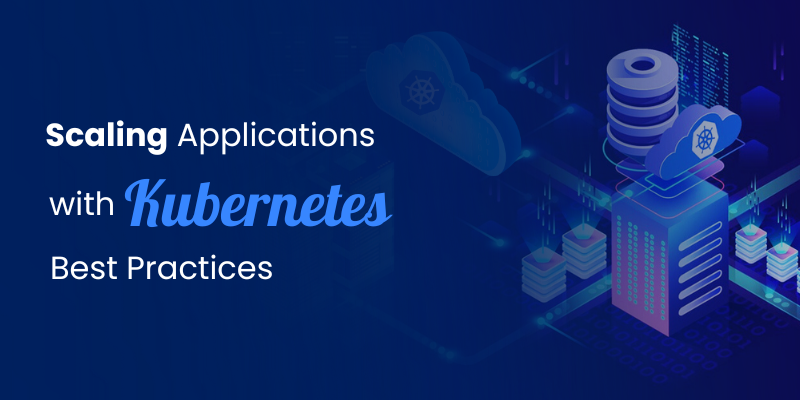
It is quite challenging to keep up with the constant changes happening in this highly disruptive market space today. Using DevOps and Cloud practices to address this challenge would mean a colossal shift to the cloud, a cultural transformation, automation of processes, and much more. Adopting these changes can sometimes be overwhelming for an organisation, especially when user experience is at stake and can easily be affected by technical glitches or performance issues.
Sixty-two per cent of organizations surveyed say they’re stuck in mid-evolution on their DevOps and Cloud journey despite high levels of automation, says a report on The State of DevOps in 2021.
DevOps migration is not a cakewalk. The whole process can take a long time before it actually starts functioning to give you the desired results. Discussed here are 3 best practices for DevOps transformation that can be applied by enterprises and teams to achieve reduced time to market and faster app delivery rate.
Automate with The Right Tools!
DevOps practices would require teams to integrate different parts of the development process and make them work seamlessly for faster delivery. This is why automation should be given critical priority in the development process. But choosing the right tools for DevOps can be tough. Here are a few tips to select the right automation tools for DevOps transformation:
- Choose tools that augment mutual collaboration and communication between the team members.
- Tools that provide and support integration with APIs should be favoured.
- Choose tools that capture logs and register metrics for manual and automated processes.
[You may also enjoy reading: “Major DevOps Practices To Consider While Implementing Microservices!”]
Aim for Continuous Feedback!
The app or the product you plan to develop must revolve around your customers’ needs. But, how to ensure that your team deploys the right software fit for your users and that too in time? Continuous feedback is necessary for user-centric software deployment.
Without continuous feedback, any investments in DevOps and CI/CD, automation, and testing may not bring the desired results. Teams must therefore get involved in creating feedback that enhances development efforts and records inputs from users, markets, developers and QA. Here are a few methods teams can consider for continuous feedback,
- Collect insights from the product teams to strategize and improve the development efforts.
- Analyze DevOps metrics gathered through application monitoring and focus on the ones that impact user experience.
- Incorporate new features in the product after meticulously analyzing the feedback.
Monitor DevOps Performance!
The ultimate purpose of introducing DevOps and CI/CD practices in an organization is to deliver faster releases. By monitoring the DevOps performance indicators such as deployment time, Mean Time To Repair (MTTR) and failure rate, teams can help reduce delivery time. Such metrics must be constantly monitored to figure out which areas of the development process need to be optimized in order to speed up the delivery process. Here are a few things your teams must apply to increase the DevOps performance:
- Make sure that the issues should be resolved in a manner that they do not reoccur.
- Get regular updates and deep insights into the app’s performance and later analyze the reports to make improvements in the process.
- Automate the tracking of DevOps monitoring and observability metrics gathered via employed tools for DevOps wherever it is possible and on a regular basis.
In order to have a successful DevOps transformation, enterprises need to understand their business’s requirements. They must try and test well before applying these practices to know what works best for their business.
Consult our tech experts to discuss your critical business scenarios and how BuildPiper– The Kubernetes & Microservices Management Platform backed by secured and robust delivery pipelines for Micro & Macro builds and deployments can accelerate your Microservices Journey. To explore more about BuildPiper and its other features, schedule a DEMO TODAY!



